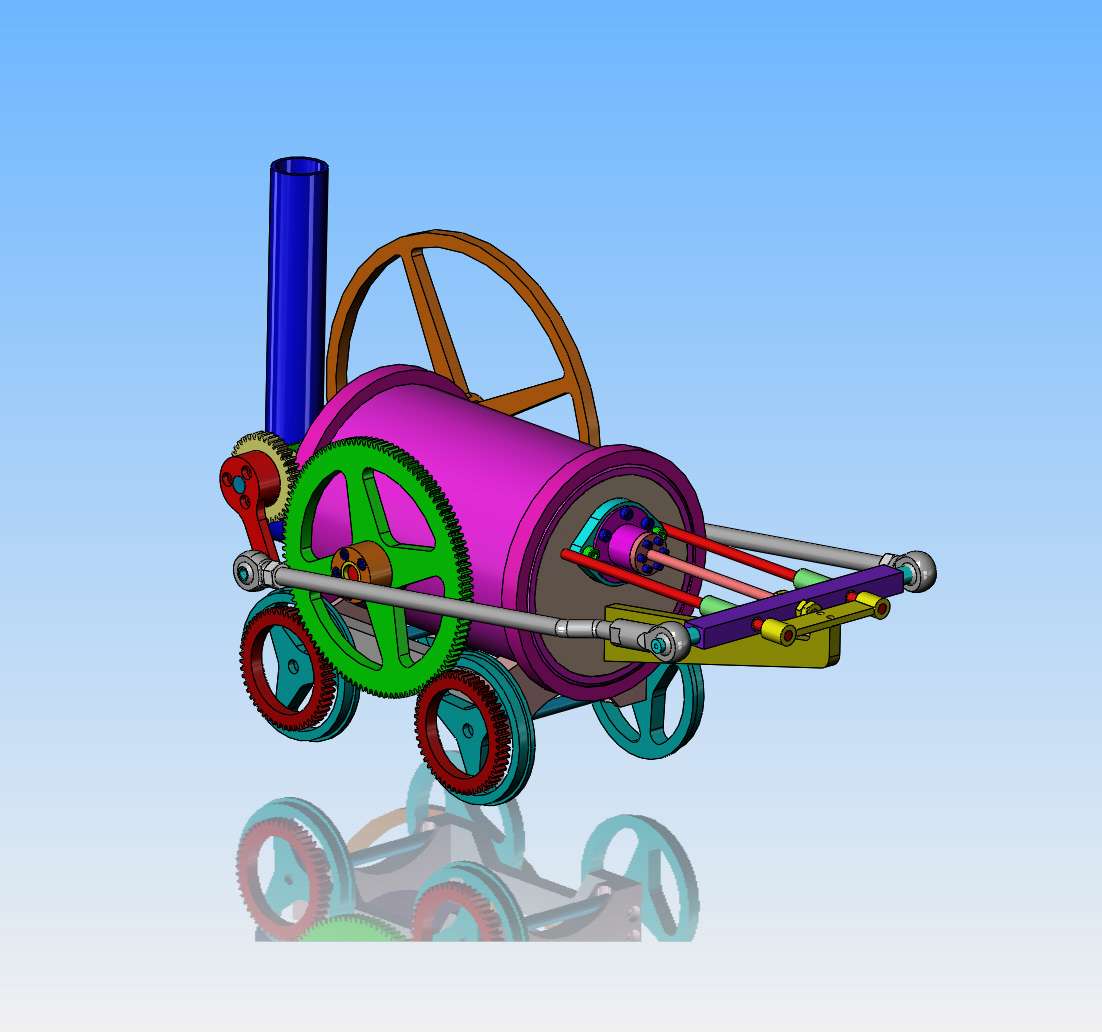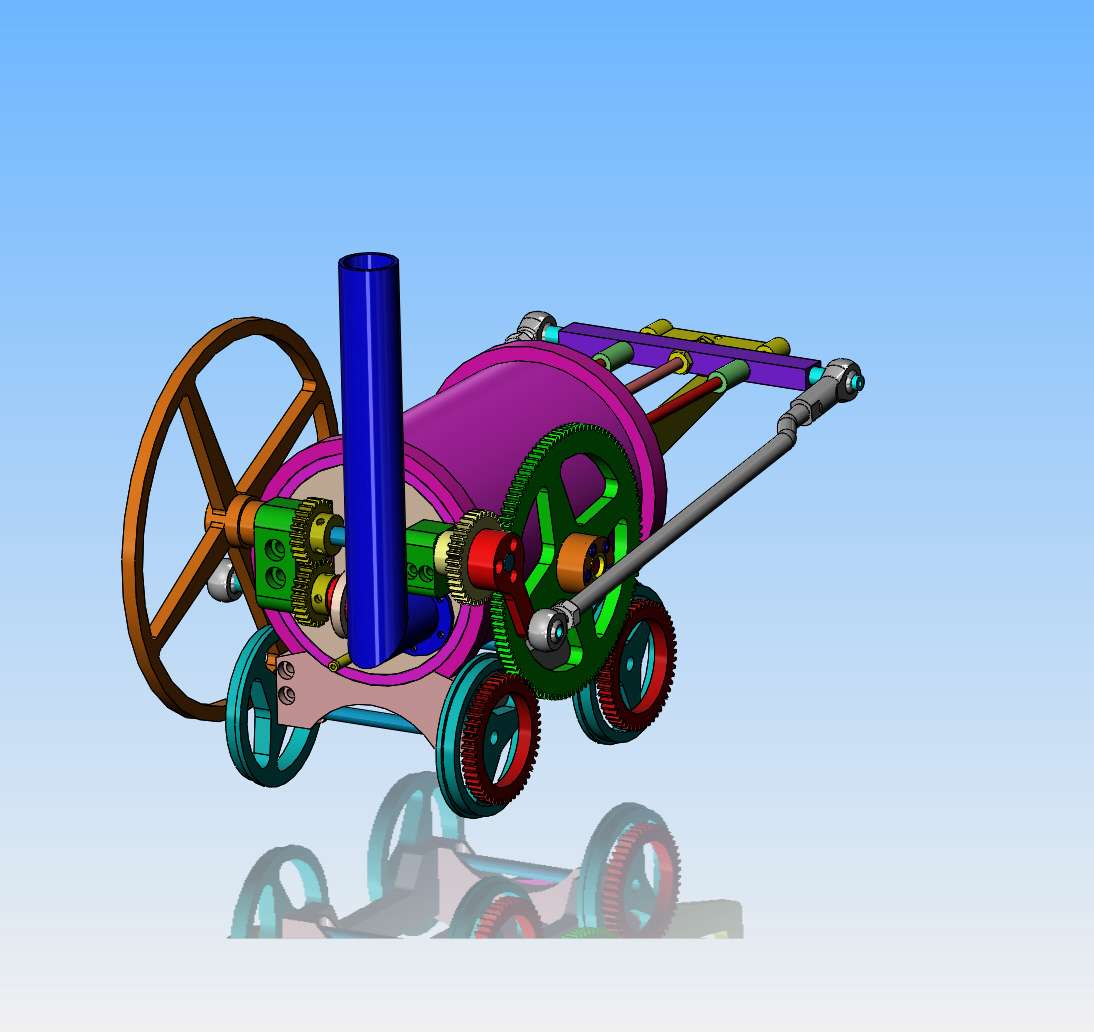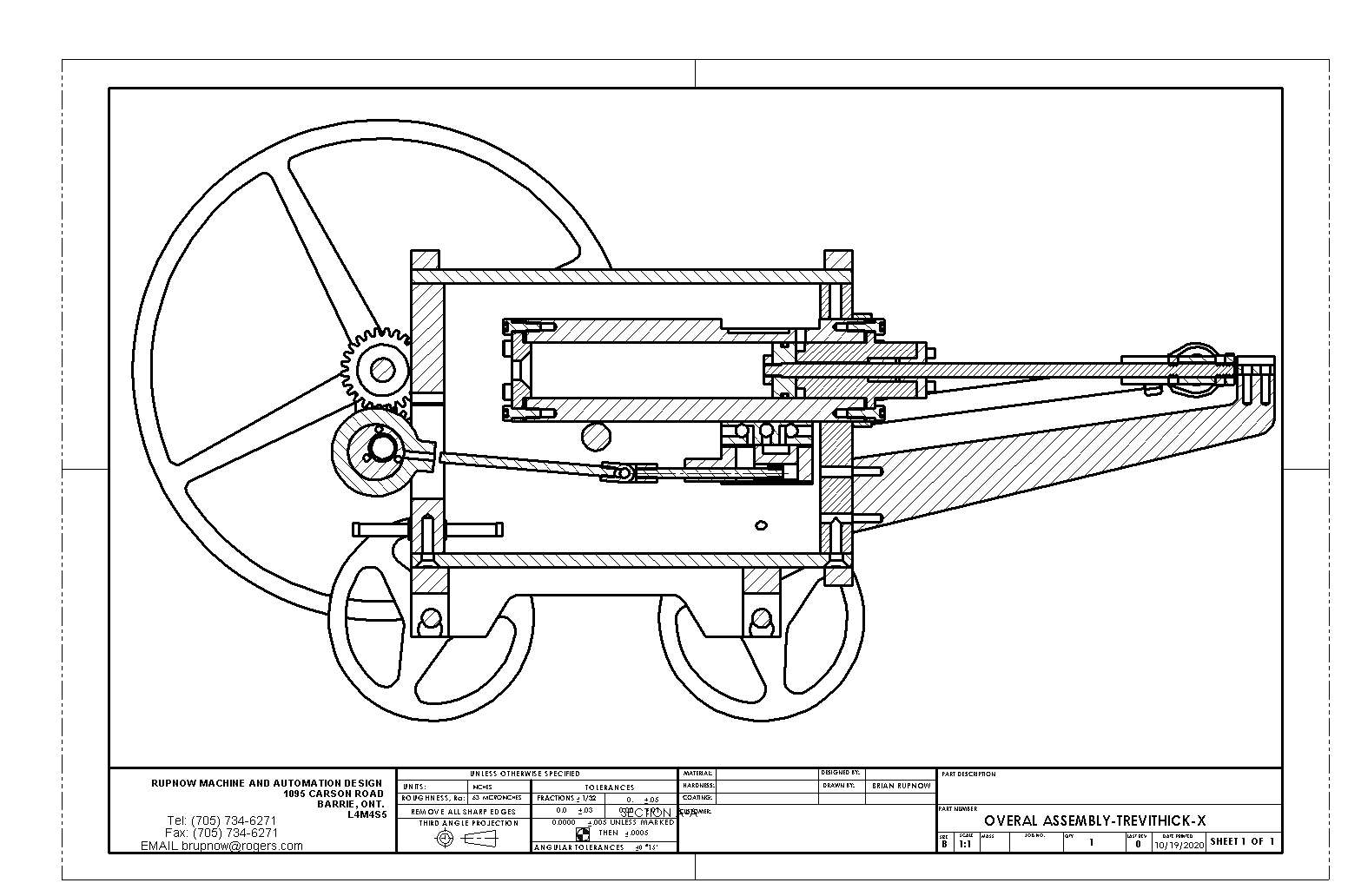After a full day of fixing disconnected tubing and taking things apart and then putting the parts all back together again, it was time for some analysis as to what was happening. Right now, as things set, the valve is set so that it is fully opened at the end of the piston stroke in either direction. Now, in a perfect world, where the flywheel really was doing it's job, the inertia of the flywheel should carry the crankshaft "over the top" before the piston begins to travel in the opposite direction. Since the flywheel is bouncing back and forth between the top and bottom dead center, the conclusion is that the valve is being actuated just a tiny bit too soon. If the opening was delayed for another millisecond, the crankshaft would have that space of time to get "over the hump" and make complete revolutions rather than bouncing back and forth thru partial rotations. So yes Charles, I do agree with what you are saying and what you show in your diagram. With everything "as designed", I can adjust the sliders so that the valves begin to open a bit later in the cycle, which in theory mean they would close a bit later in the cycle. That would be a "best case" scenario. If that doesn't work, then as Charles suggested, shortening the radius arm on the valve would allow the valves to operate closer to the end of the piston stroke and hopefully allow the flywheel to get "over the hump" before travelling back in the opposite direction. I have the capacity with my current design to shorten up the radius arm with no other changes.



























![DreamPlan Home Design and Landscaping Software Free for Windows [PC Download]](https://m.media-amazon.com/images/I/51kvZH2dVLL._SL500_.jpg)












































